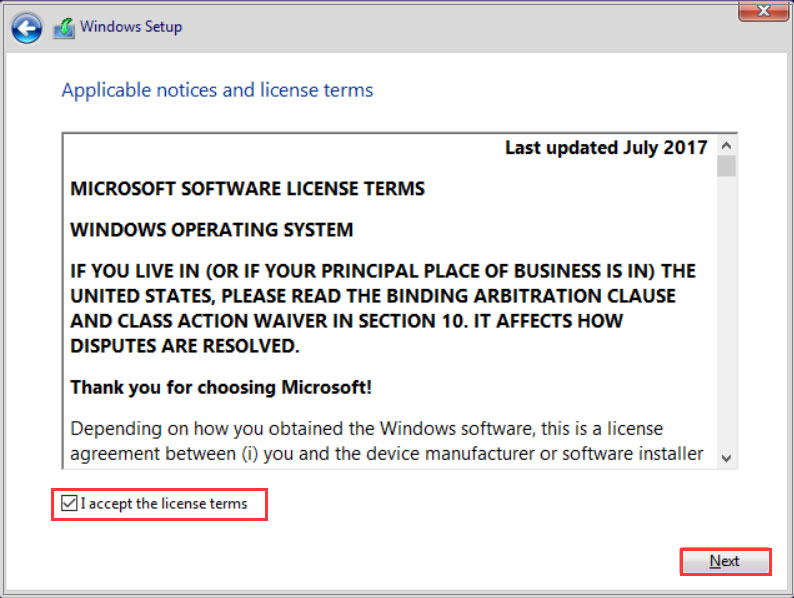

If your Windows 10 device has a recovery partition, you can store that on the drive, too.Ī basic recovery drive without a recovery partition requires a 256MB USB flash drive, but you'll need a drive at least 4GB in size if you plan to make a backup of the recovery partition, too (which is recommended). If you need more storage space, you can purchase additional gigabytes in the 'Manage storage > Upgrade' area of OneDrive online.Ī recovery USB flash drive lets you access essential repair and recovery options that can save the day if your PC or tablet fails to boot. You'll find it on your Start screen – just click (or tap) on the OneDrive title to launch it. The obvious choice for Windows 10 users is to use the free OneDrive desktop app, which enables you to sync up to 35GB of files to the cloud for absolutely nothing. We recommend using an online backup, because it means there's a copy of your files stored in a separate physical location for your extra protection. So even after using File History to back up your files, you should explore another option, just in case. Back up your files onlineĪs anyone who's experienced a hardware failure will know, you can never have too many backups. When it comes to backing up other key settings and files, the guide opposite has all the tips, tools and tricks to keep all aspects of your PC safe. Browse for it in an Explorer window, select the file in question and click the 'History' button on the Home tab of the ribbon to see a list of previous versions of the file, before restoring the one you want. It's just as simple to restore an earlier version of a file. From here, you can browse your backups by location or library, or search for specific content. Firstly, if you want to restore lost or accidentally deleted files, click 'Restore files from a current backup' in the 'More options' section of File History. There are two ways to recover your files. Once you've got everything set up, click 'Turn on' (if it's not automatically done for you) and File History not only starts backing up your files, but backs up different versions of them, too, giving you the option to roll back through your files to earlier revisions, which can be really useful. File History enables you to back up key files automatically Earlier versions


 0 kommentar(er)
0 kommentar(er)
